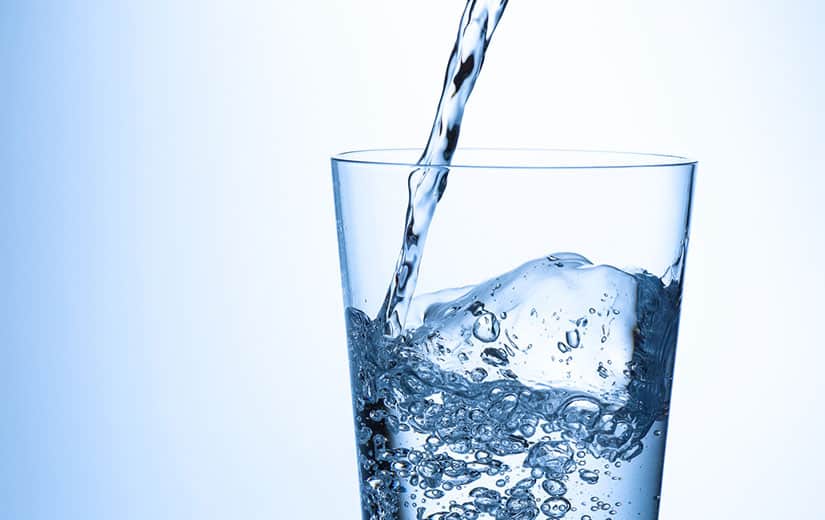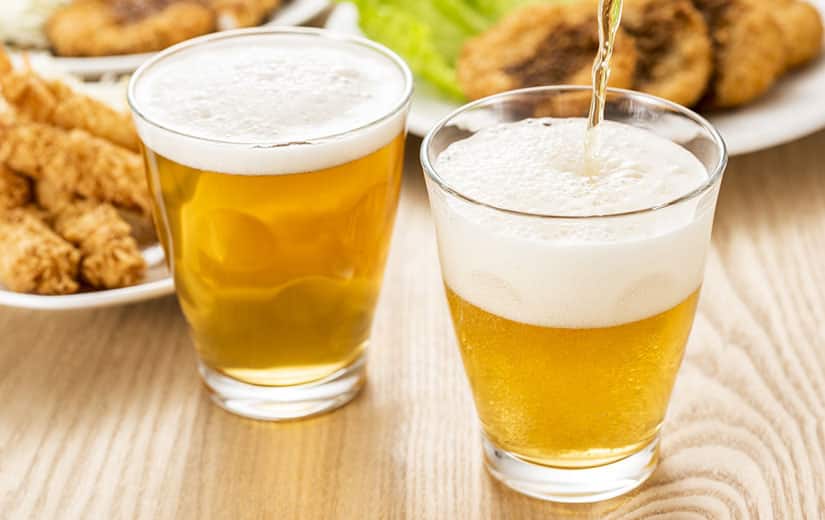Developed by Dr. Eaton in 1985, the Paleo diet is about eating like our foragers and hunters. Exit industrial and ultra-processed foods. Return to a diet based on lean meats, vegetables and fruits. Here is what this diet consists of, as well as an objective evaluation of its effectiveness.
Summary
What are the principles of the Paleo diet?
The Paleo diet advocates the return to the diet adopted by men during the Paleolithic era, the first period of prehistory. Here, there is no need to count grams or calories. You just have to avoid certain foods and prioritize others.
Foods recommended by the Paleo diet
The Paleo diet recommends the consumption of the following foods:
- Fruits. Thanks to their fiber content, they quickly contribute to satiety. In addition, they are rich in minerals, vitamins B, C, E and K, as well as in Polyphenols, nutrients with antioxidant effects. In the paleo diet, fruit is recommended as a dessert or snack;
- Vegetables. They have the same nutritional properties as fruits. They are also low in sugar and calories. Thanks to their water content, they contribute to good general hydration of the body. Vegetables should be included in every main meal and eaten raw whenever possible. If cooking is necessary, the diet recommends steaming to limit nutrient losses;
- Herbs. They help to enhance the taste of dishes while reducing the amount of salt consumed;
- Seeds of certain plants : flax, chia or even sesame;
- Lean meats. They replace the game consumed in the Paleolithic era. They should be included in at least one main meal per day. It is also possible to alternate with oily fish, seafood and eggs;
- Olive, walnut or rapeseed oils. Due to their richness in Omega 3, vitamin E and polyphenols, they are recommended for seasoning and cooking meals.
Forbidden foods
On a paleo diet, the following foods are prohibited:
- Pulses: kidney beans, broad beans, split peas, white beans, etc.
- Dairy products: yogurt, cheese, butter and fresh cream;
- Processed foods such as pizzas, chips, canned sauces, breakfast cereals, cookies and sugary drinks.
Furthermore, the Palaeolithic diet recommends consume potatoes and salt in moderation.

What are the benefits of the Paleolithic diet?
The Paleolithic diet has a number of advantages:
Rapid weight loss
The Paleo diet is a low-carb diet because it greatly reduces carbohydrate intake. Therefore, it promotes weight loss. In some people, effects can be seen after just two weeks.
Quick satiety
The foods recommended in this diet allow quickly get a feeling of satiety. This facilitates follow-up and reduces the risk of abandonment.
Also Read: What Foods Burn Belly Fat?
Positive effects on intestinal transit
The Paleo diet includes a high consumption of fruits and vegetables, and therefore a high fiber intake. That improves digestion and permanently solves constipation problems.
Acquiring good eating habits
The Paleo diet puts a high point on the good eating habits recommended by all nutritionists. These include in particular:
- Reduce consumption of industrial foods;
- Increase your consumption of vegetables and fruits.
It also recommends the practice of regular physical activity. Therefore, this program guarantees better well-being, better quality of sleep and renewed energy on a daily basis.

What are the disadvantages of the Paleo diet?
Today’s living conditions are very different of those that characterized the Paleolithic era. PConsequently, it is almost impossible to adopt exactly the same diet as at that time. As a result, this diet has a number of limitations and shortcomings. These are in particular:
An expensive diet
The Paleolithic diet excludes the consumption of cheap foods, such as cereals and industrial products. He prioritizes more expensive foods which these days are more expensive. This is the case of fruits, vegetables or even lean meats. Following it to the letter therefore requires a relatively large budget. Which makes it inaccessible for many people.
Long-term monotony and frustration
This food program involves significant restrictions. It requires in particular to give up bread for breakfast, cheese or even small sweets for desserts.
In the long term, it can therefore lead to serious frustrations, which can cause food cravings.
Dietary deficiencies
Due to the prohibited food groups, the Paleo diet can lead to significant nutritional deficiencies. In addition, overconsumption of meat and fish can increase blood lipid levels. In the long term, this increases the risk of hypertension, diabetes and heart attack.
The yo-yo effect
Like most restrictive diets, this diet can be followed by a yoyo effect. As soon as the patient begins to eat normally again, his body will store calories more easily. It will also make fat reserves for possible future periods of deprivation.
Our advices
There are few studies that demonstrate the effectiveness of the paleo diet over the long term. The results put forward essentially concern short-term monitoring. Therefore, it is strongly advised not to adopt this diet without the favorable opinion and the follow-up of a nutrition professional.
Read also: 5 tips to lose weight before summer




